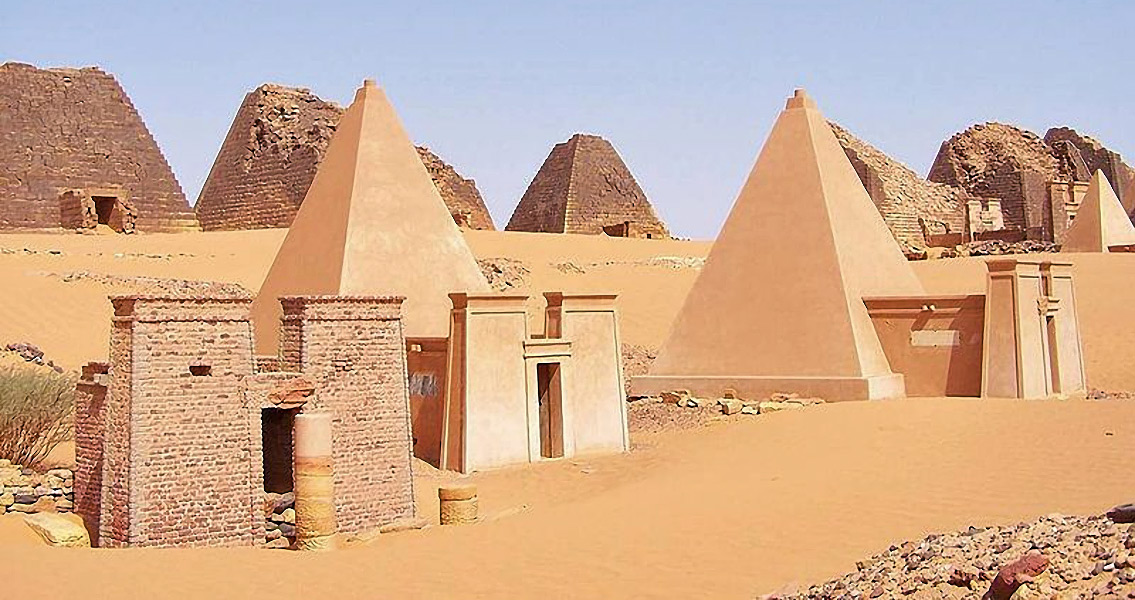<![CDATA[A Purdue University archaeologist is seeking to uncover new information about ancient Nubian and Egyptian cultures. Michele Buzon, associate professor of archaeology at Purdue, has just begun excavating a Nubian burial site dated to between 1500-1050 BCE. She hopes the site in the Nile River Valley, Tombos, Sudan, will provide a better understanding of the relationship between Nubians and the New Kingdom Empire of ancient Egypt. Of particular interest is the period after 1500 BCE, when Egyptians began colonising the area to access the Nile's lucrative trade networks. To date, the only information known about this time is from an Egyptian perspective. "What is known about this time often comes from Egyptian history, and we think they integrated more than Egyptian texts convey," said Buzon, a bioarchaeologist. Hopefully, Buzon's excavations will reveal a huge amount about this little-known time. "By excavating the burial tombs we'll investigate if there was intermarriage and how they interacted in general as well as if Egyptians absorbed Nubian culture," Buzon said. Buzon’s work has focused on burial archaeology in the Nile Valley, encompassing ancient Nubia and the southern-most parts of the Ancient Egyptian Kingdoms. By using mortuary and skeletal data she examines contact between populations and the consequences this could have had. If Nubian artefacts are found in Egyptian graves, it would present evidence of cultural absorption, according to Buzon. "Artefacts, burial structure and even burial positions will provide some clues," she said. The village of Tombos, located in the Nubian Desert at the third cataract of the Nile, was an important granite quarry in the Pharaonic era. Stone from Tombos was used to build statues and buildings in the Egyptian kingdom, between the river's delta and the southern regions of the kingdom. Buzon is collaborating with Professor Stuart Tyson Smith, anthropologist at the University of California, Santa Barbara. In 2000, Smith and his team discovered the remains of a 3,500 year old pyramid. This will be Buzon's fifth excavation in the region. In 2015, she will also excavate the Tombos pyramids, which have remains of a superstructure and supporting beams underneath. The project will commence with excavations of important sites in the Nile River Valley. It is thought that the entire project is going to last three years in total. After the excavations have been completed, Buzon will analyse the excavated materials with the help of her graduate assistants. Analysis of Tombos skeletal remains will take place at Purdue. Buzon's research is funded by the National Science Foundation, an independent federal agency created in 1950 to promote the progress of science. In many fields such as mathematics, computer science and the social sciences, NSF is the main source of federal backing. For more information: Image courtesy of Wikimedia commons user: Wufei07]]>
New Excavations Begin in Sudan
